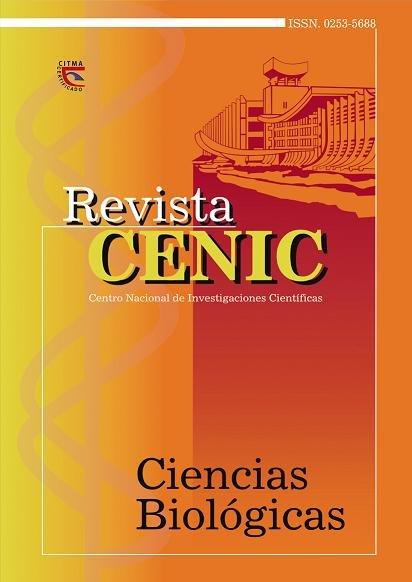Decreased cortical thickness in the temporal pole and the left anterior cingulate region in violent psychopathic inmates
Abstract
Biological and environmental factors responsible for the development and maintenance of antisocial behaviour and psychopathy constitute the purpose of study of several investigations. Psychopathy is formed by a confluence of personality characteristics including manipulation, shallow affect, callousness and lack of remorse, irresponsibility, impulsivity, aggression and loss of empathy. The aim of this research was to determine whether brain regions involved in emotional processing and behavioral show structural alterations in violent psychopathic criminals. Corticometric Iterative Vertex-based Estimation of Thickness (CIVET) was used for processing Nuclear Magnetic Resonance T1 just structural imaging, to detect associations between thick cortical gray matter and total score psychopathy scale (PCL-R) on a full analysis of the cortex in 97 violent offenders (29 classified as psychopaths and 68 as non psychopaths). It was found that psychopathy is associated with a highly significant cortical thickness decrease (FDR = 0,01) in the dorsal anterior cingulate cortex and the temporal pole, both cerebral regions located on the left hemisphere. These results are consistent with other studies showing abnormal functioning of frontal and temporal regions in psychopathic subjects and support the hypothesis that impairments in anterior cingulate regions and the temporal pole brain regions, could contribute to a poor empathic and emotional processing, associated to psychopathic behavior.
Downloads

Downloads
Published
How to Cite
Issue
Section
License

This work is licensed under a Creative Commons Attribution-NonCommercial-ShareAlike 4.0 International License.
Los autores que publican en esta revista están de acuerdo con los siguientes términos:
Los autores conservan los derechos de autor y garantizan a la revista el derecho de ser la primera publicación del trabajo al igual que licenciado bajo una Creative Commons Atribución-NoComercial-CompartirIgual 4.0 Internacional que permite a otros compartir el trabajo con un reconocimiento de la autoría del trabajo y la publicación inicial en esta revista.
Los autores pueden establecer por separado acuerdos adicionales para la distribución no exclusiva de la versión de la obra publicada en la revista (por ejemplo, situarlo en un repositorio institucional o publicarlo en un libro), con un reconocimiento de su publicación inicial en esta revista.
Se permite y se anima a los autores a difundir sus trabajos electrónicamente (por ejemplo, en repositorios institucionales o en su propio sitio web) antes y durante el proceso de envío, ya que puede dar lugar a intercambios productivos, así como a una citación más temprana y mayor de los trabajos publicados (Véase The Effect of Open Access) (en inglés).














